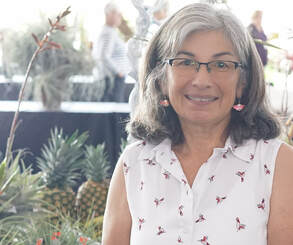
A few years after giving birth to her youngest son, Virginia was ready to jump back into the workforce, but wasn't sure what she wanted to do. After having previously worked at Stewart Orchids in Carpentaria, she returned to the nursery for one of their events. A little nursery called Bird Rock Tropicals was a vendor at the event, and that is when Virginia first met Pam Koide (now Pam Hyatt). Pam encouraged Virginia to come check out the nursery as she and her family were living not too far away in Oceanside at the time. After the two of them chatted for a bit, they both realized they had found a good fit.
Virginia spent several years separating and repotting orchids, which used to be a major focus at Bird Rock. Eventually Pam found out Virginia had some office skills and experience, so she was recruited to help with admin tasks. As the team continued to evolve, Virginia became a vital part of the operation, learning the ins and outs of international import and export, and eventually around 2012, she became the full time manager. One of Virginia's challenges in her time at Bird Rock has been the same challenge a lot of small businesses face; Virginia was a sales rep, and head of shipping, and she watered, and separated plants, and worked on spreadsheets, and the list goes on and on! It can be a challenge to balance and manage a lot of tasks at once, but through this experience Virginia learned to prioritize tasks, say no when she needs to, and stay organized. While being on a small team can be a challenge, Virginia also enjoyed that, as a team, they could pretty much try anything and if it didn't work, regroup and try it different!
Through all of the different things she has done at and for Bird Rock, handling the plants is still Virginia's favorite part of the job. Virginia takes time each day to enjoy the beauty that the plants around her possess, which is so important because it's easy to get distracted by the work and miss it. Over the years, one plant has shone above them all in Virginia's eyes; Tillandsia eizii. Bird Rock had a pair of them bloom many years ago, and they put on quite a remarkable show.
After starting her working life at 13 years old picking string beans, Virginia can hang her hat up and hold her chin up high knowing she had a meaningful and lasting impact on many. Virginia has a bright and cheerful demeanor that is a pleasure to be around, and the absence of it will certainly be felt. She is kind to all, fun to chat with, and an incredibly hard worker.
Virginia can now look forward to more bike rides, more walks at the beach, more camping, and more gardening. Here's to you Virginia, thank you for everything you have done for Bird Rock Tropicals, this place would not be what it is without you!
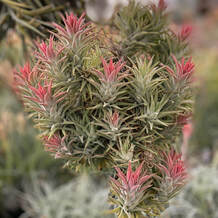
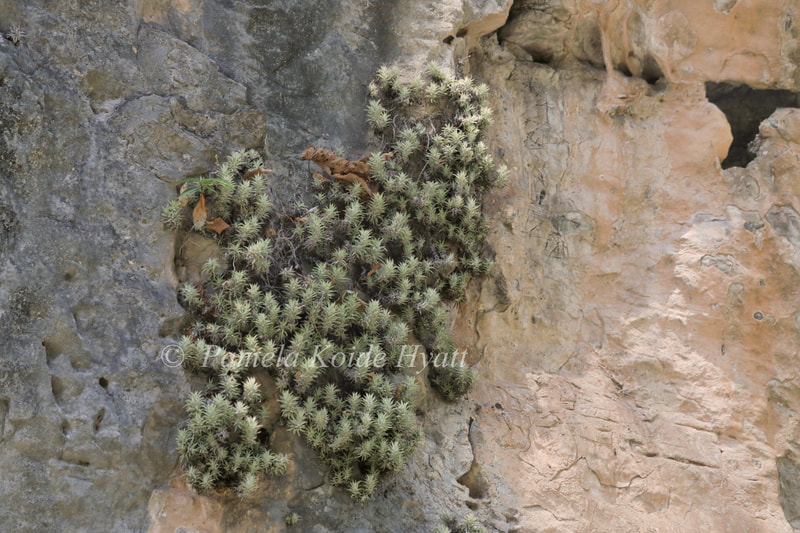
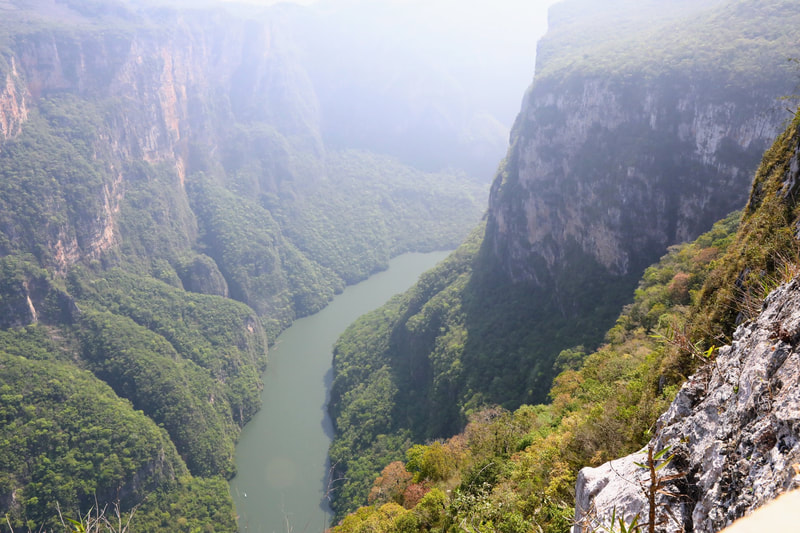
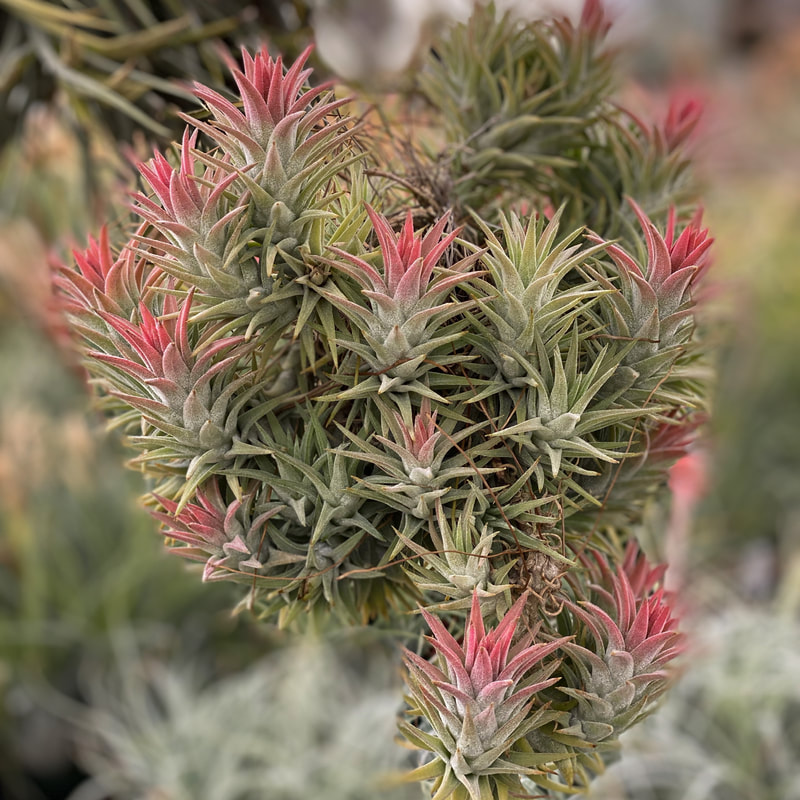
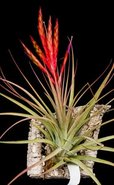
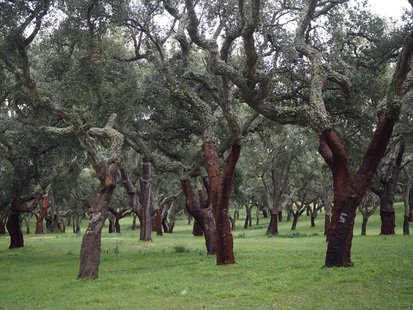
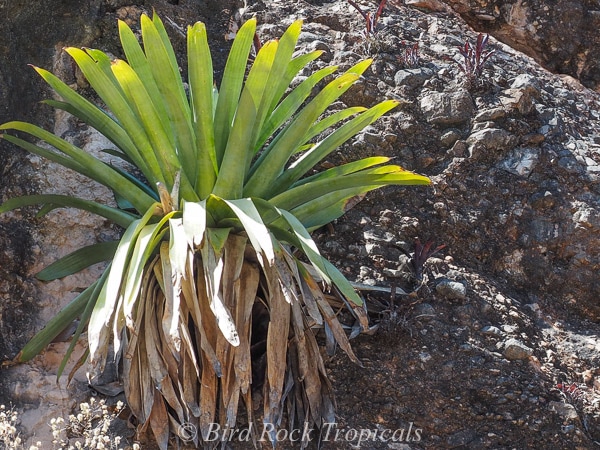

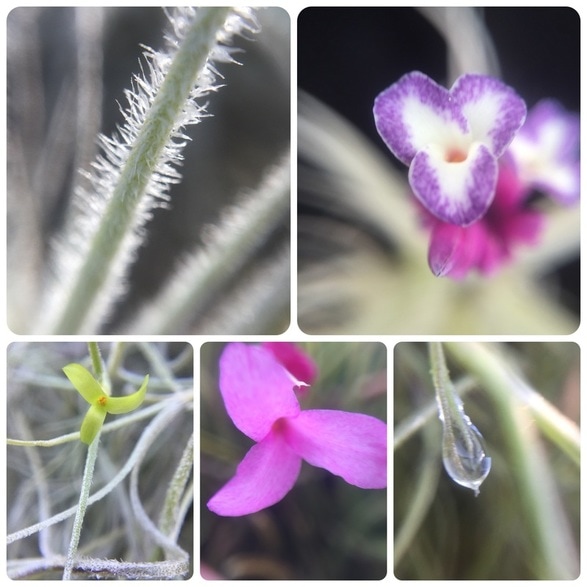
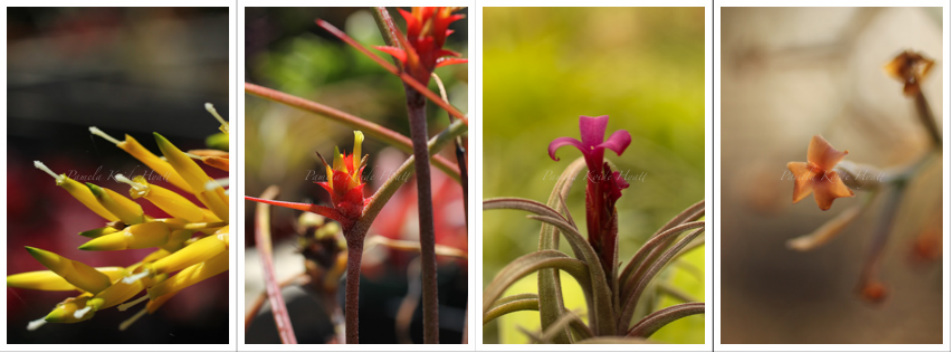

 RSS Feed
RSS Feed